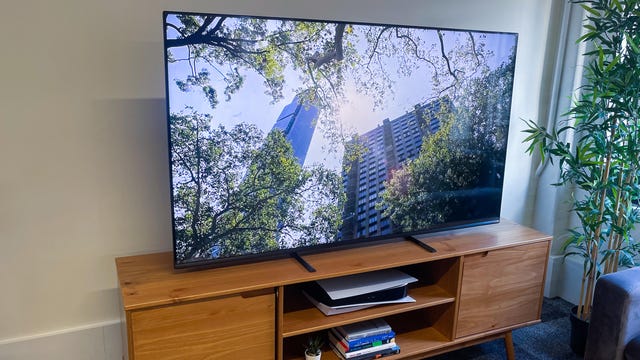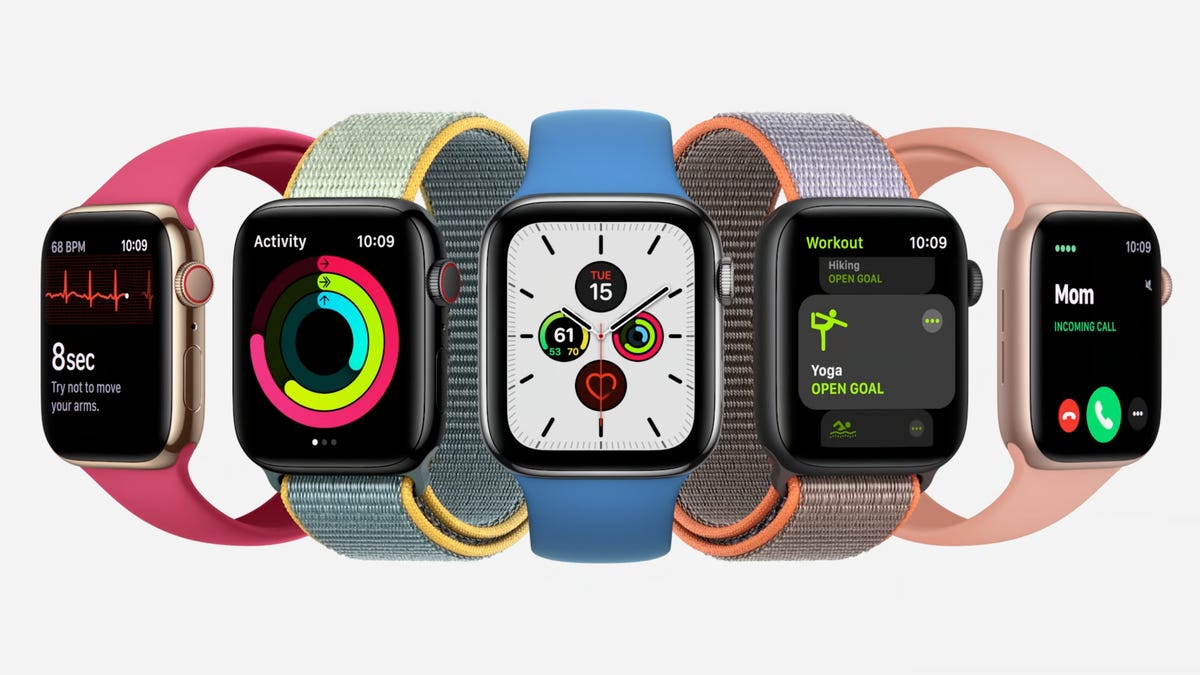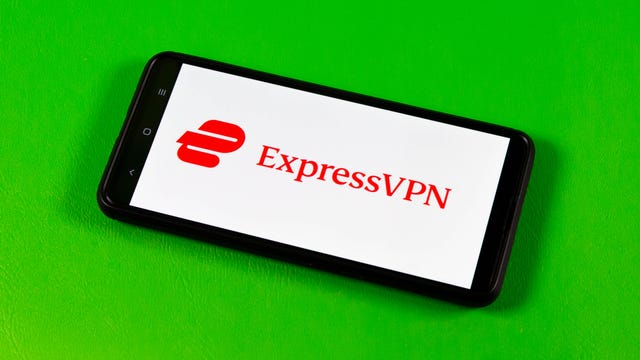YouTube TV is taking a page out of DirecTV’s playbook when it comes to its student discount for NFL Sunday Ticket. After teasing that a student plan was coming, the search giant has revealed that it will charge college students $109 to get its NFL Sunday Ticket on YouTube package, or $119 for those who want Sunday Ticket and the popular NFL RedZone channel.
DirecTV, which previously was the exclusive home of Sunday Ticket before Google’s YouTube and YouTube TV took over the rights, charged a similar $120 per season for Sunday Ticket to college students for a version that included RedZone. That said, the college discount is still a significant savings compared with getting Sunday Ticket from YouTube at its regular price of $399 for the base package and $439 for the option with RedZone (both prices factoring in $50 discounts that Google is currently offering).
Under its regular pricing, those who pay for YouTube TV can tack on the base Sunday Ticket for $299 and the RedZone version for $339 (again including $50 discounts).
NFL Sunday Ticket allows football fans to watch all out-of-market games on Sunday afternoons that aren’t airing on their local CBS or Fox stations. To watch those “in-market” games, you’d need to use an antenna or pay for cable, satellite or a streaming service like YouTube TV.
As detailed in a support page, the new student offer began rolling out on Aug. 23, though it seems to be a gradual rollout as the page cautions that “if you don’t see the option to buy the Student Plan today, check back soon.” YouTube promises on the support page that it will make the offer available nationwide “before the start of the regular season in September.”
The first Sunday of the NFL season is Sept. 10.
While CNET did not see it on YouTube’s main Sunday Ticket plans page at press time, following the support page’s instructions did bring up a way to purchase it. Simply log into a Google account, go to the NFL’s YouTube page and then click “Get NFL Sunday Ticket” next to the “subscribe” button to bring up the deal. From there you’ll see a link for “eligible students can save with a student plan.”
As with student deals offered by other companies, Google is relying on a third party (in this case SheerID) to verify that you are actively enrolled in an “accredited college or university.” In some cases, YouTube notes, you may need to submit proof of enrollment through a student ID card, tuition receipt or class schedule to verify that you’re eligible.
It is worth noting that the discounted student version of Sunday Ticket is a bit more limited than the regular-priced counterparts. YouTube says that this plan won’t allow for family sharing and will allow for only “one signed-in device and one concurrent stream at a time.”
The regular Sunday Ticket plans allow for unlimited streams at home as well as the ability to have two extra streams “out of the home for household members on the go.” You can also create a Google family group with up to five other people, and they’ll be able to access your Sunday Ticket subscription through their own Google accounts.




